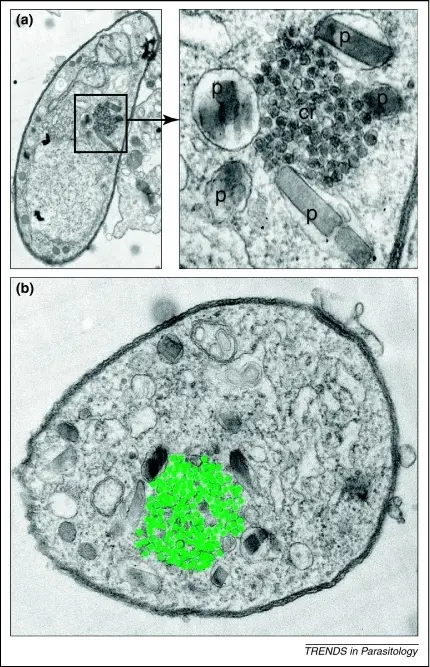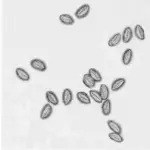Malaria Infection is a serious and sometimes fatal disease caused by a parasite that commonly infects a certain type of mosquito which feeds on humans.
What is the Pathology of Malaria Infection?
The pathology of malaria infection is:
-Etiology: The cause of malaria infection is a single-celled parasite of plasmodium genus.
-Genes involved: Not applicable.
Pathogenesis: The sequence of events that lead to malaria infection spreads exclusively by female anopheline mosquitoes.
-Morphology: The morphology associated with malaria infection shows four developmental stages in humans.
-Histology: The histology associated with malaria infection shows rings of P. falciparum can be found in blood smears, some may exhibit Maurer clefts, gametocytes may be present in blood smears.
How does Malaria Infection Present?
Patients with malaria infection typically are all genders of all ages. The symptoms, features, and clinical findings associated with malaria infection include nausea, vomiting, diarrhea, fever, flu, tiredness, anemia, and jaundice.
How is Malaria Infection Diagnosed?
Malaria infection is diagnosed by blood tests.
How is Malaria Infection Treated?
Malaria infection is treated by medications such as Atovaquone-proguanil, Quinine sulfate, and doxycycline.
What is the Prognosis of Malaria Infection?
The prognosis of malaria infection is poor. Most patients with uncomplicated malaria exhibit marked improvement within 48 hours after the initiation of treatment and are fever free after 96 hours.



